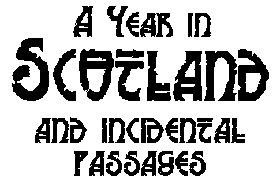
A Year In Scotland
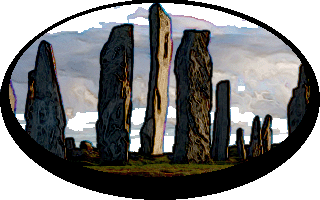

16 October 2014
The North Atlantic Arc Home
| September | October |
| S | M | T | W | T | F | S |
| 25 | 26 | 27 | ||||
| 28 | 29 | 30 | 1 | 2 | 3 | 4 |
| 5 | 6 | 7 | 8 | 9 | 10 | 11 |
| 12 | 13 | 14 | 15 | 16 | 17 | 18 |
| 19 | 20 | 21 | 22 | 23 | 24 | 25 |
| 26 | 27 |
 |
|
Thursday 16 October 2014--We're ferrying back to the mainland today, but have some time to see a few things around northern Lewis this morning. Drive up to Skigersta to see, among other things, the derelict house that Peter May used as a model for Fin MacLeod's aunt's house in the Lewis Trilogy. Then over at Ness, there's the boathouse where the first murder victim is found, in the opening scene of The Blackhouse. We have a look around the lighthouse at the Butt of Lewis, the island's northernmost point, and poke into St Moluag's Church. Moluag was an Irish contemporary of Columba, who, in the latter half of the 6th century, established major religious centers in Lismore, Rosemarkie, and Mortlach, and built numerous churches around northern Scotland, including one here in the village of Eoropie. The age of the church we see today is open to question--Wikipedia states 13th century, Undiscovered Scotland says estimates range from 12th to 16th century. What's known for sure is that the derelict and roofless building was rehabilitated in 1912, using slate from Orkney. It remains without electricity or plumbing. There are peculiar legends about pre-Christian rituals practiced here, dedicated to the obscure sea god Seonaidh (or Shony), involving the offering of a cup of specially-brewed ale, followed by a night of drunken, uh, fertility rites in the fields. Presumably the Episcopals who now use the church eschew such paganism, although I would bet that, ahem, fertility rites are still widely practiced. Down the road, near Shader, we walk up to Steinacleit, believed to be the remnant of a prehistoic settlement within an oval enclosure of stones. It's not an easy site to make sense of, and I recall not thinking much of it when I first saw it in 1998. Sixteen years of tromping around Scotland have taught me that an ancient site doesn't have to be as spectacular as Callanish to be of interest. Down across the road, we find Clach an Truiseil, the tallest standing stone in Scotland. It's said to have been part of an array of standing stones, perhaps similar to Callanish, but none of the other stones survive. The next-to-last one was removed in 1914 for reuse. Just outside Stornoway, we're thinking to walk down to the Iolaire monument, but decide we don't have time. The Iolaire was a wooden yacht transporting military personnel home to Lewis on New Year's Eve, 1918, weeks after the end of World War I. It left Kyle of Lochalsh at 9:00pm; at 1:55am on 1 January 1919, it struck rocks known as the Beasts of Holm, within sight of the lights of town. 205 of 284 aboard perished in the rough seas, despite being just fifty yards from shore. Lewis had lost a thousand soldiers in the war itself, and the Iolaire disaster completed the loss of virtually an entire generation of young men. It is hard to imagine the impact such a loss would have had on the community, for many years after.
CalMac deposits us in Ullapool late in the afternoon. I'd forgotten what a scenic crossing this is. We head straight up to Kylesku, wanting to arrive before dark. We're staying in the Kylesku Hotel, a nice splurge that I could not afford traveling solo. An evening of fine food and pints follows. Next |
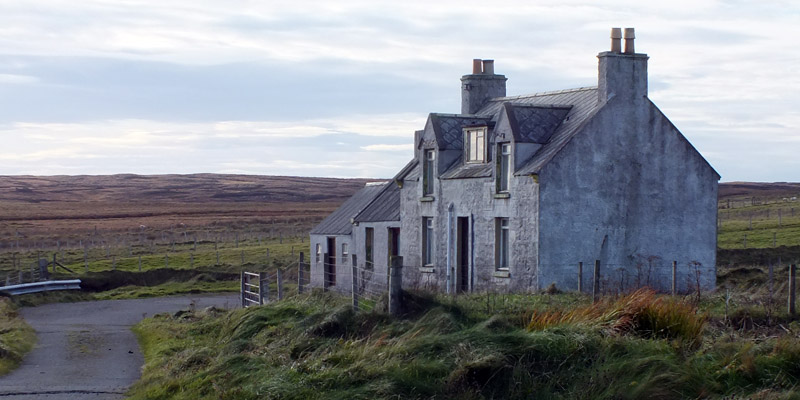 |
Nobody Home
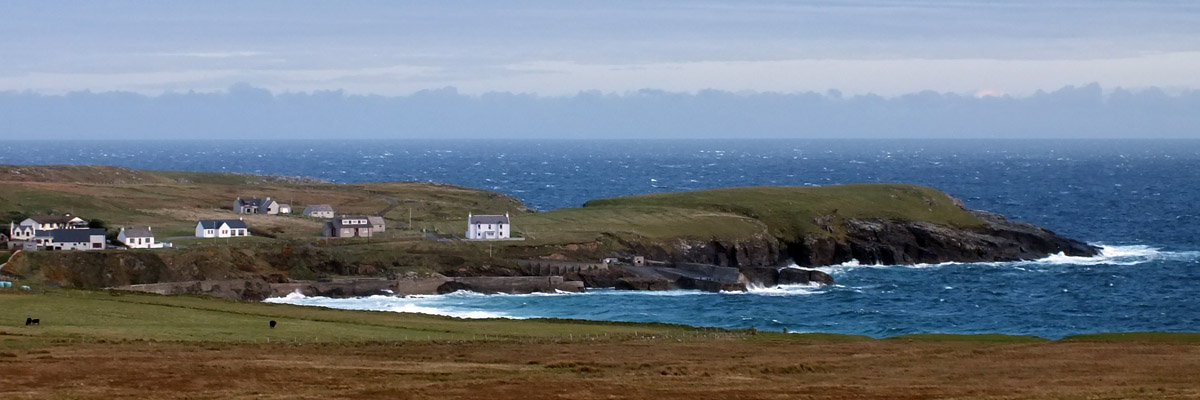 |
Ness
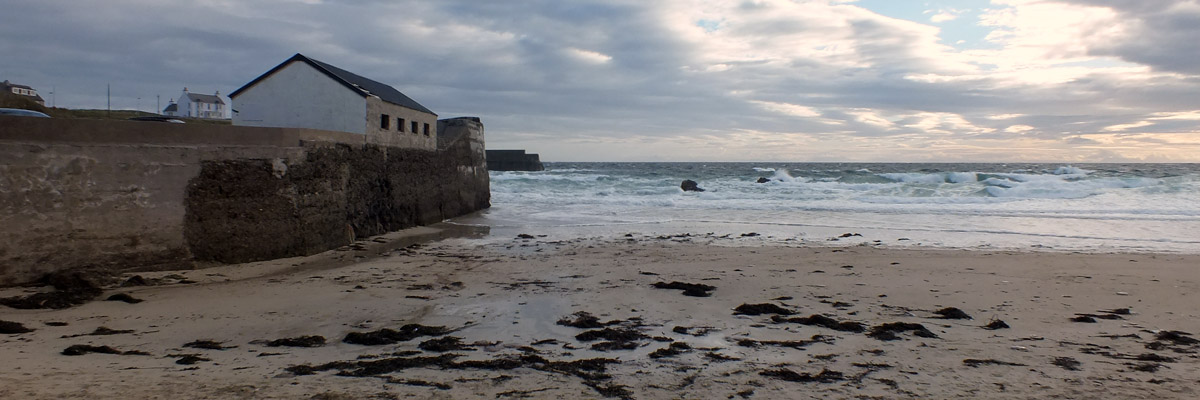 |
Ness
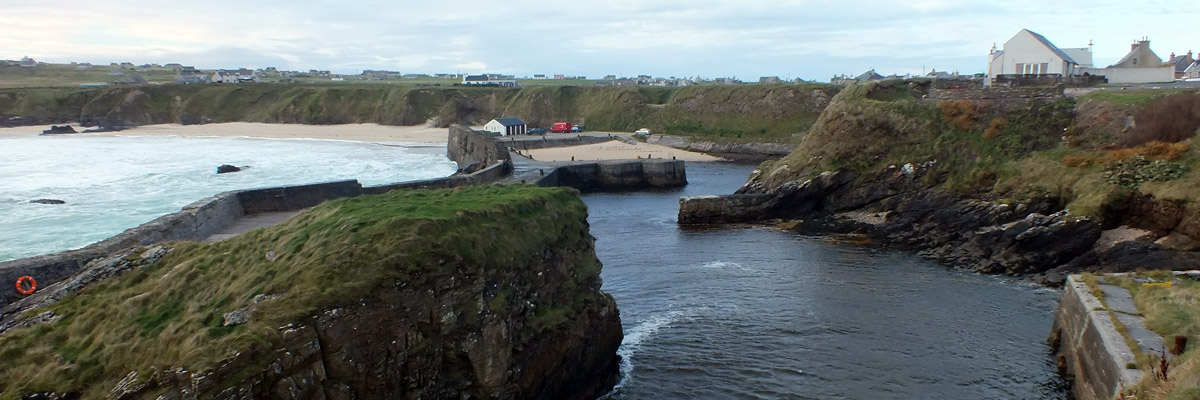 |
Ness
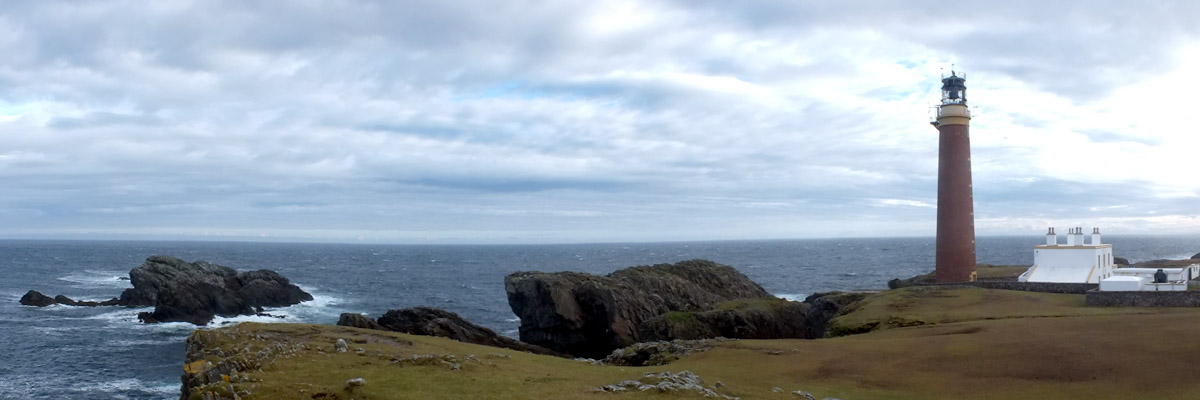 |
Butt of Lewis
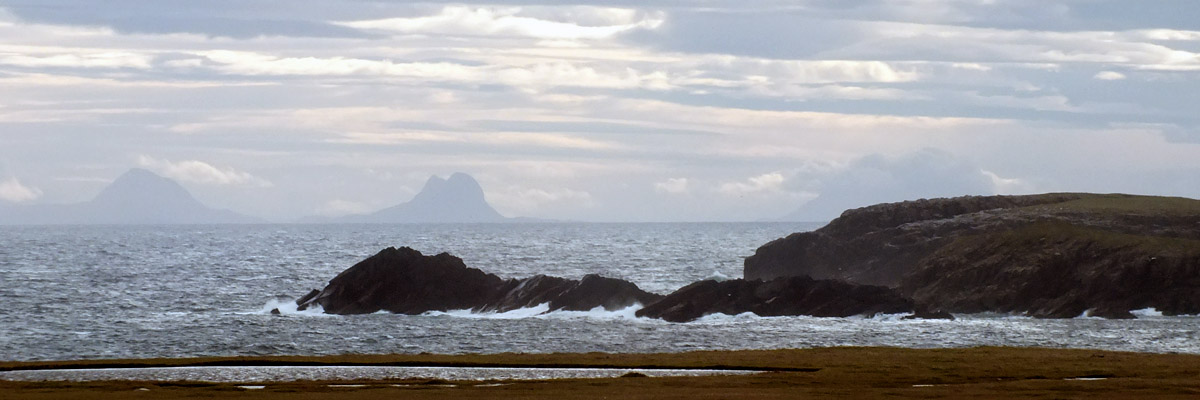 |
Suilven In The Distance
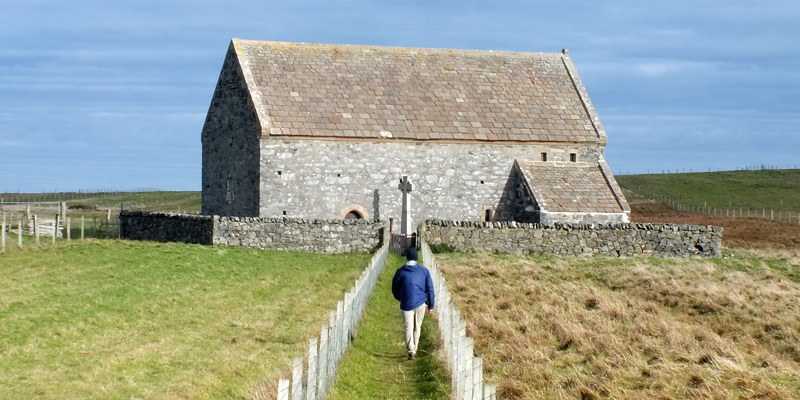 |
St Moluag's Church
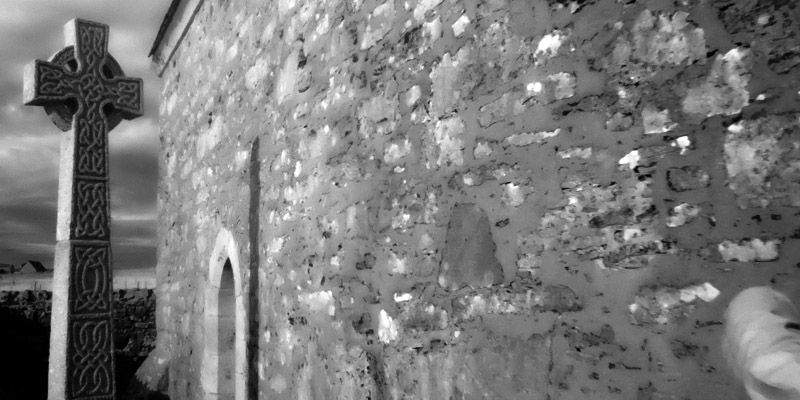 |
St Moluag's Church
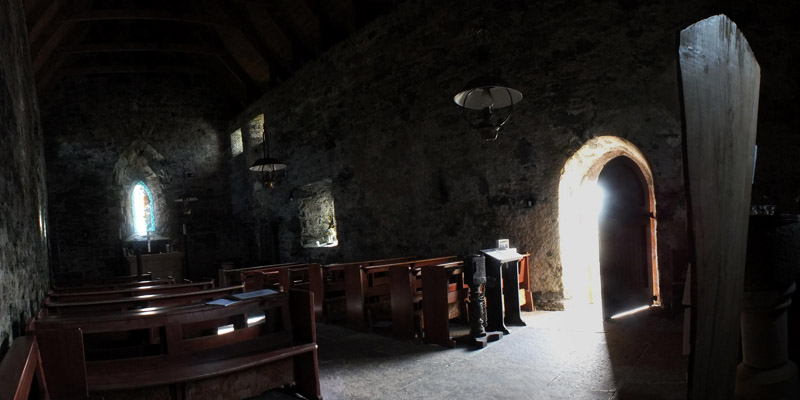 |
St Moluag's Church
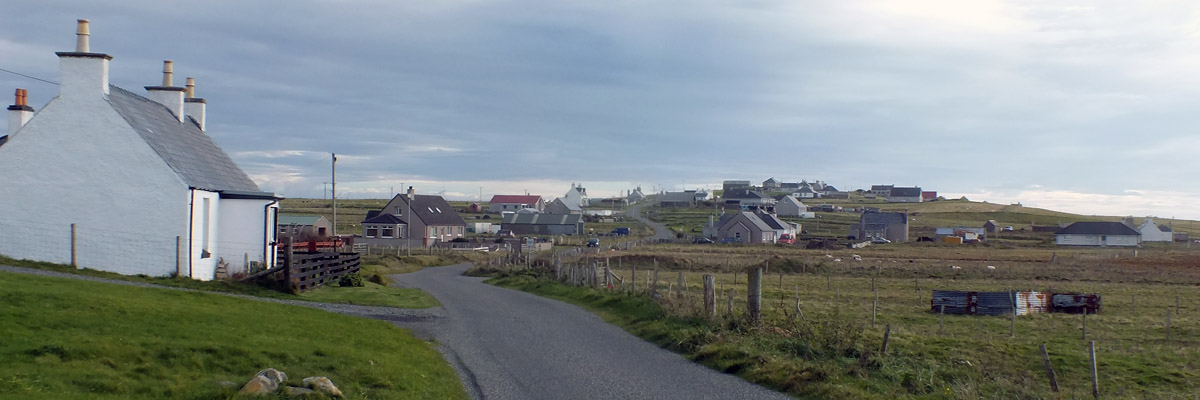 |
Eoropie
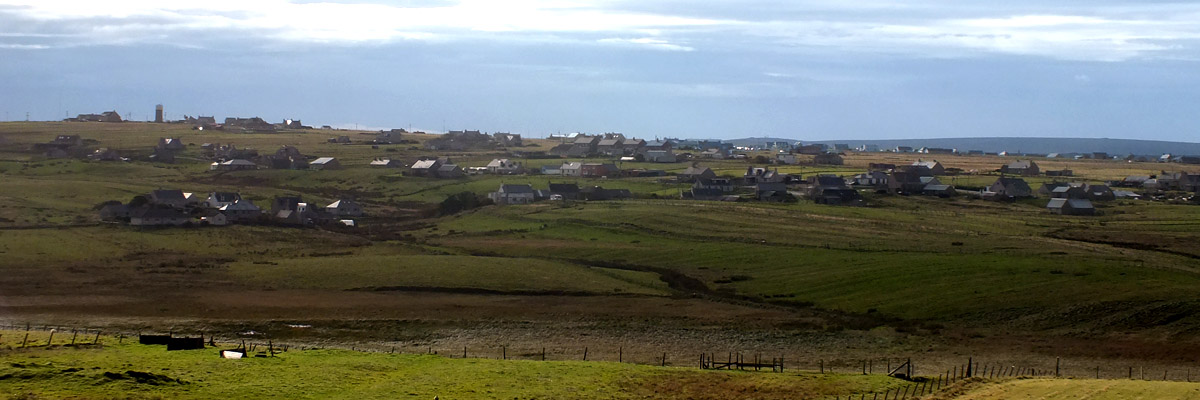 |
Eoropie
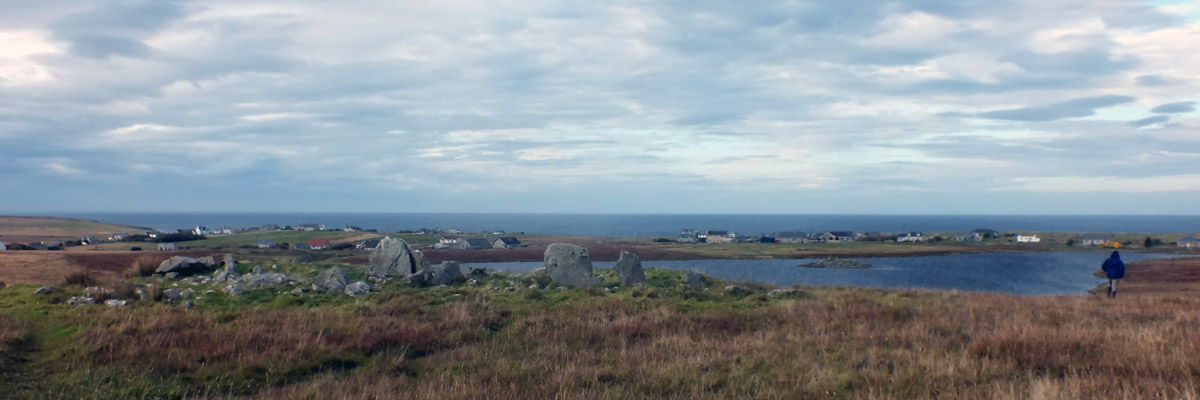 |
Steinacleit
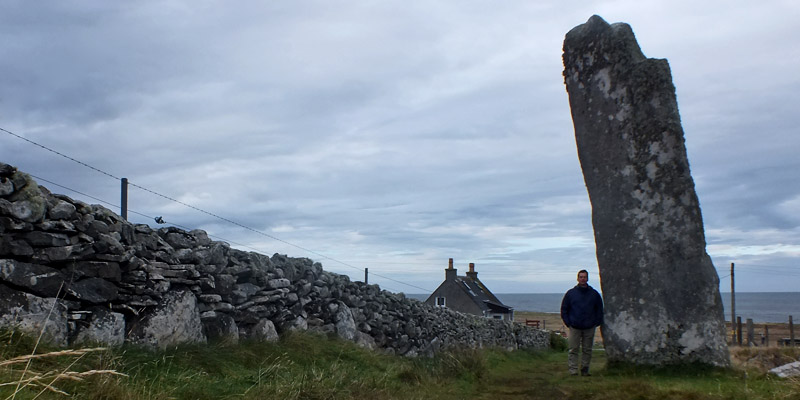 |
Clach an Truiseil
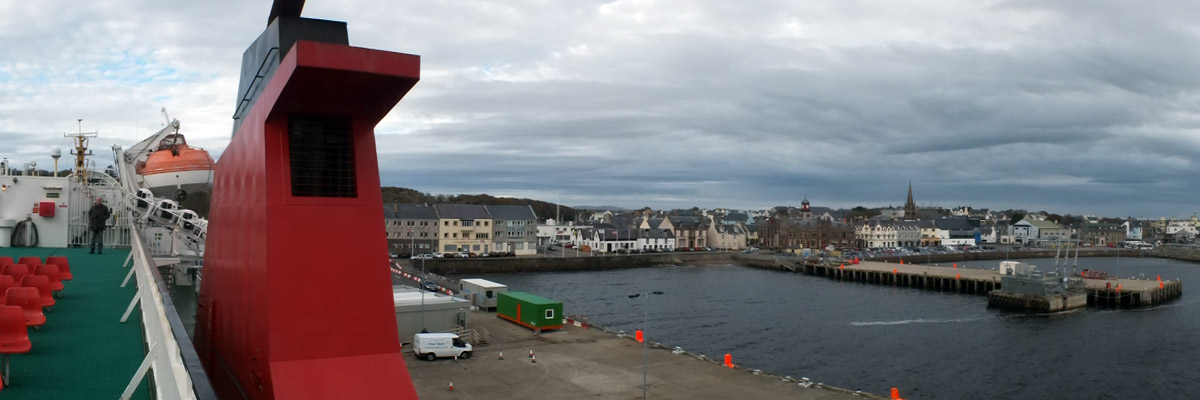 |
Stornoway
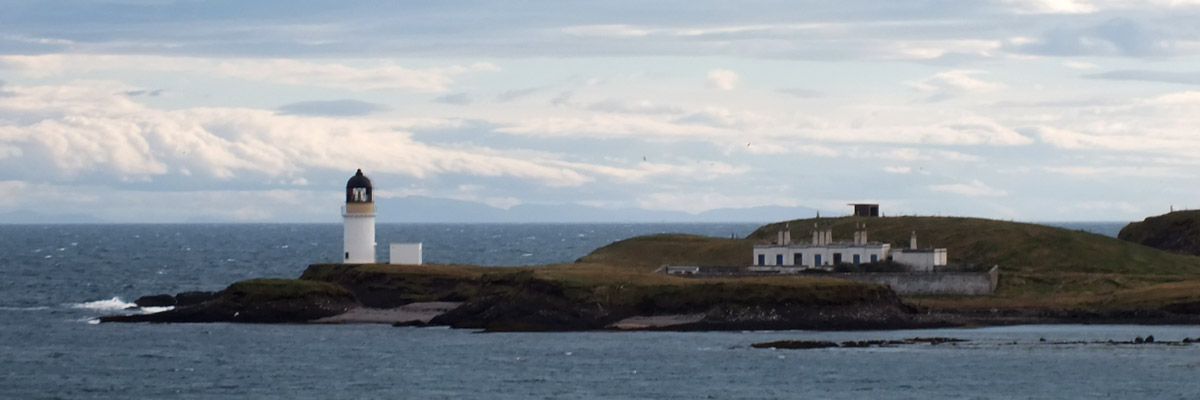 |
Arnish Point
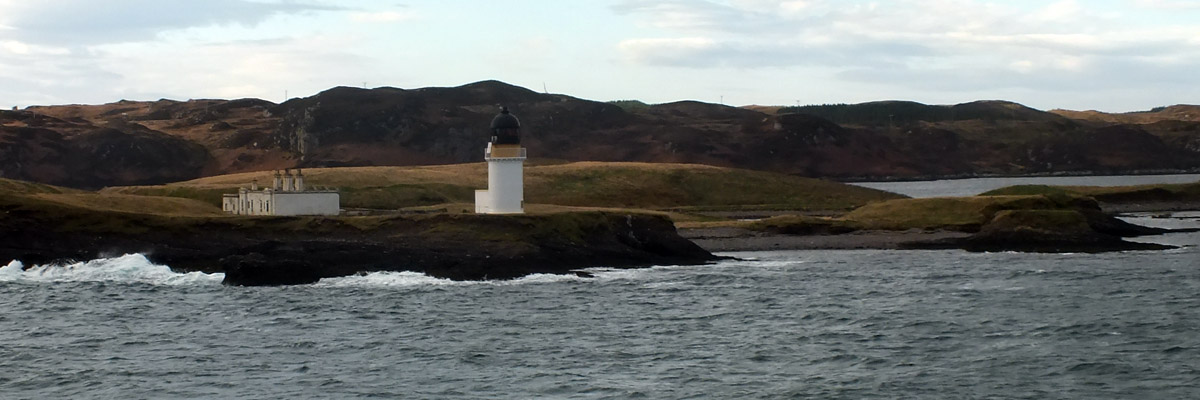 |
Arnish Point
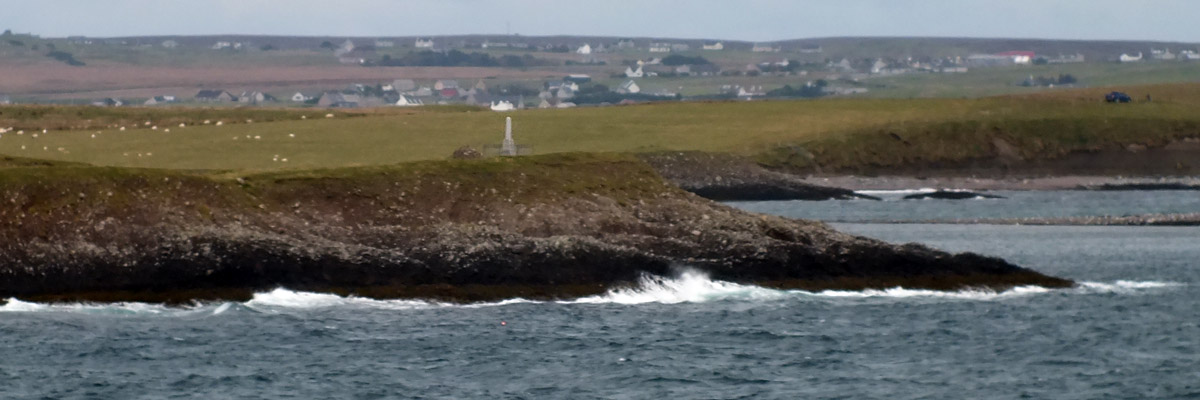 |
Iolaire Monument
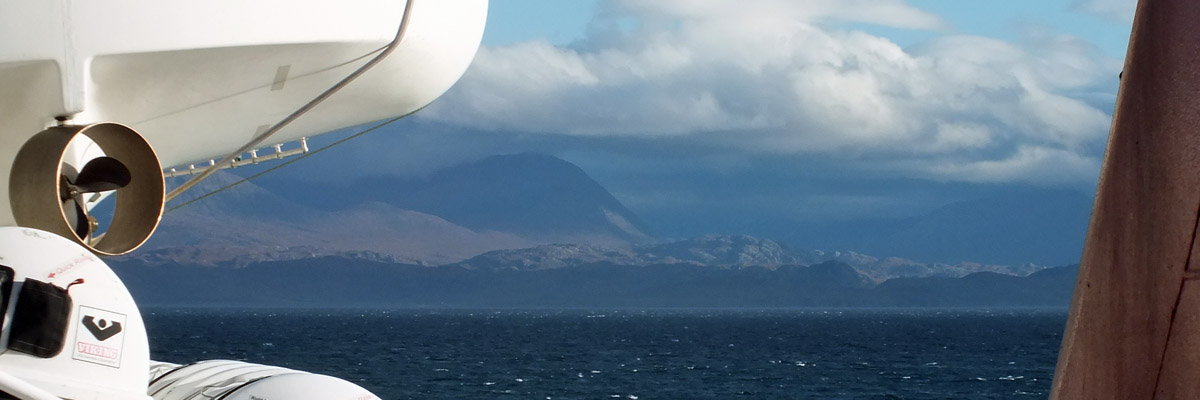 |
From The Ferry
 |
Stac Pollaidh Looms
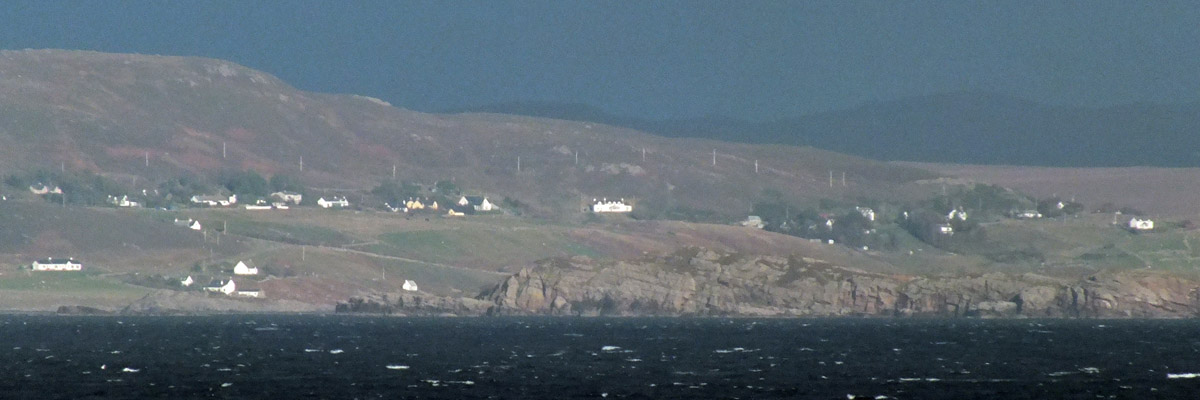 |
Polbain
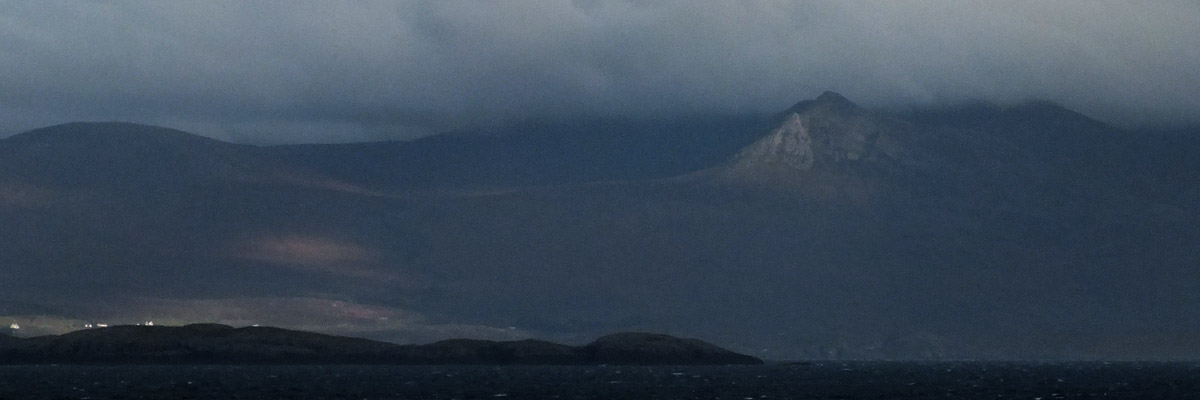 |
From The Ferry
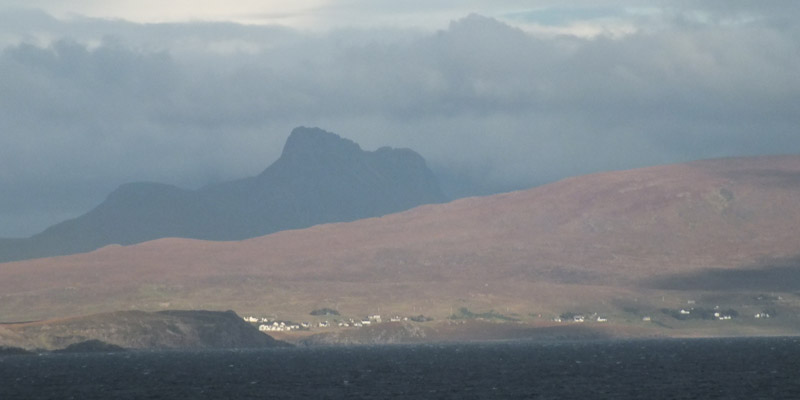 |
Stac Pollaidh
 |
From The Ferry
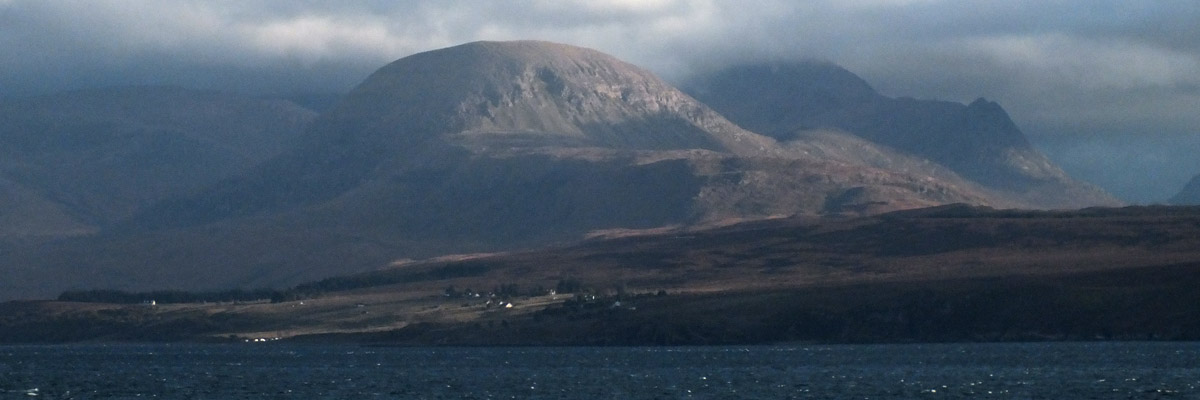 |
From The Ferry
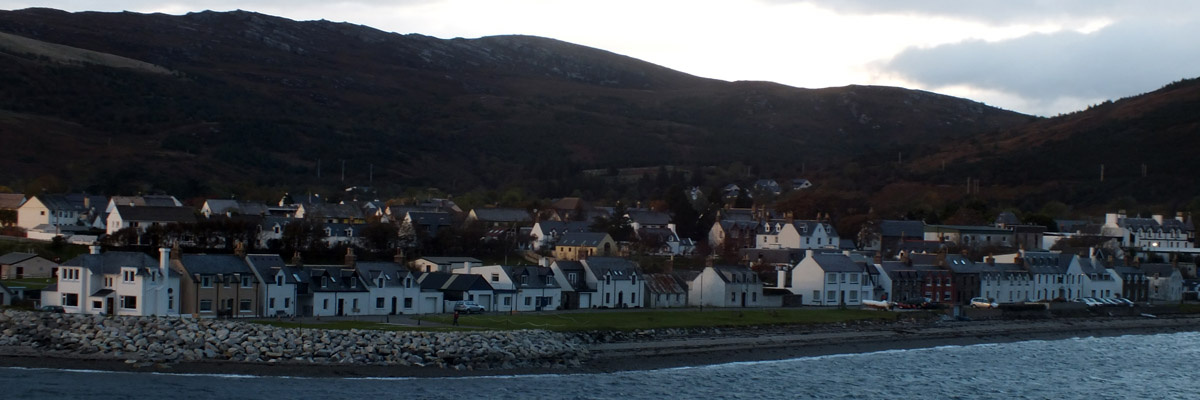 |
Ullapool
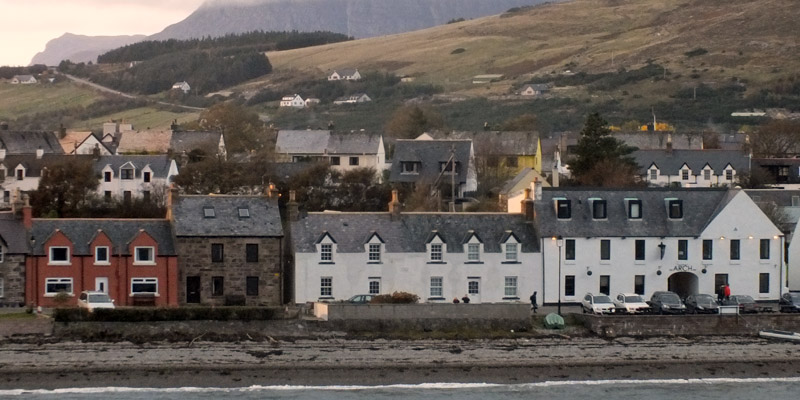 |
Ullapool
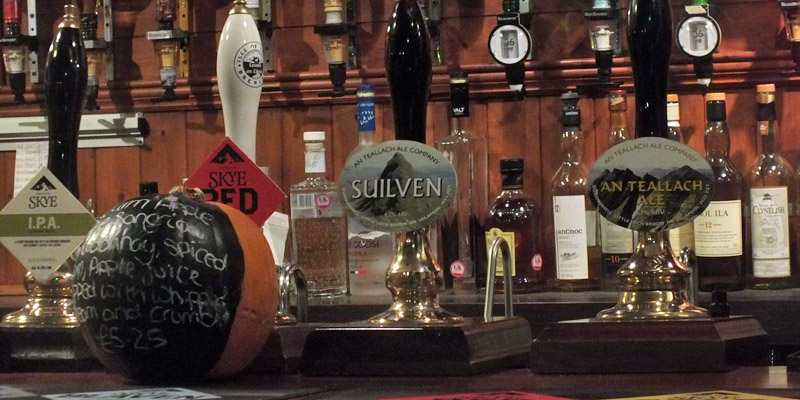 |
Kylesku Hotel
Next
| September | October |
| S | M | T | W | T | F | S |
| 25 | 26 | 27 | ||||
| 28 | 29 | 30 | 1 | 2 | 3 | 4 |
| 5 | 6 | 7 | 8 | 9 | 10 | 11 |
| 12 | 13 | 14 | 15 | 16 | 17 | 18 |
| 19 | 20 | 21 | 22 | 23 | 24 | 25 |
| 26 | 27 |
The North Atlantic Arc Home
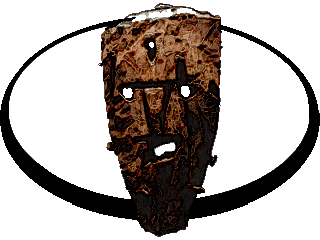
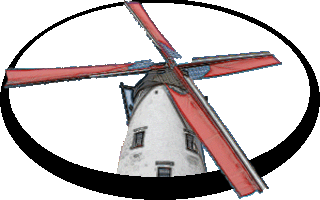
Mr Tattie Heid's Mileage
Results may vary